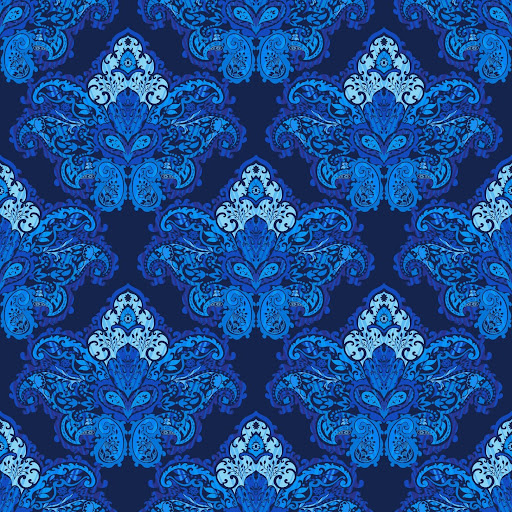The paisley pattern, with its distinctive teardrop shape, is a timeless design that has captured the hearts of artists and fashion enthusiasts alike. Originating from Persian and Indian cultures, this motif carries a wealth of symbolism that transcends its aesthetic appeal.
Origins and Traditions
The paisley pattern, known as “boteh” in Persian, dates back to the Sassanid Dynasty (224 to 651 AD) in Persia. Traditionally, the pattern represented the convergence of a floral spray and a cypress tree, symbols of life and eternity. These motifs were often used in textiles, architecture, and art, reflecting the cultural significance of nature and spirituality.
Symbolism in Cultures
Across various cultures, paisley has symbolised fertility, growth, and abundance. In Hinduism, the pattern is associated with the mango, a fruit considered a symbol of prosperity and fertility. In Indian bridal wear, paisley motifs are often used to convey good fortune and fertility. This symbolism extended to the Western world in the 18th and 19th centuries, where paisley became a fashionable choice for luxurious shawls and garments.
Modern Interpretations
In contemporary fashion and design, paisley patterns are celebrated for their versatility and rich history. While the motifs may no longer carry the same symbolic weight as in ancient times, they continue to evoke a sense of heritage and intricate beauty. Designers often use paisley to add a touch of elegance and exotic flair to their creations, from haute couture to casual wear.
Artistic Appeal
For artists and designers, the paisley pattern offers endless creative possibilities. Its intricate curves and flowing lines provide a canvas for expression, allowing creators to imbue their works with a sense of movement and depth. The pattern’s adaptability allows it to be used in various mediums, including textiles, ceramics, and digital art, showcasing its timeless appeal.
Paisley in Popular Culture
Paisley has also made its mark in popular culture, appearing in music, film, and interior design. The pattern’s association with the psychedelic era of the 1960s and 70s, when it became synonymous with counterculture and artistic freedom, further cemented its status as an iconic design. Its presence in modern media continues to inspire new generations of artists and designers.
Conclusion
The enduring allure of paisley patterns lies in their ability to transcend time and culture. Whether viewed as a symbol of prosperity, a nod to tradition, or simply a beautiful design, the paisley pattern continues to inspire and captivate, making it a beloved motif in the world of arts and crafts. As we continue to explore and reinterpret this classic design, its legacy as a symbol of creativity and beauty remains steadfast.
Written by Alan Boal Paisley

